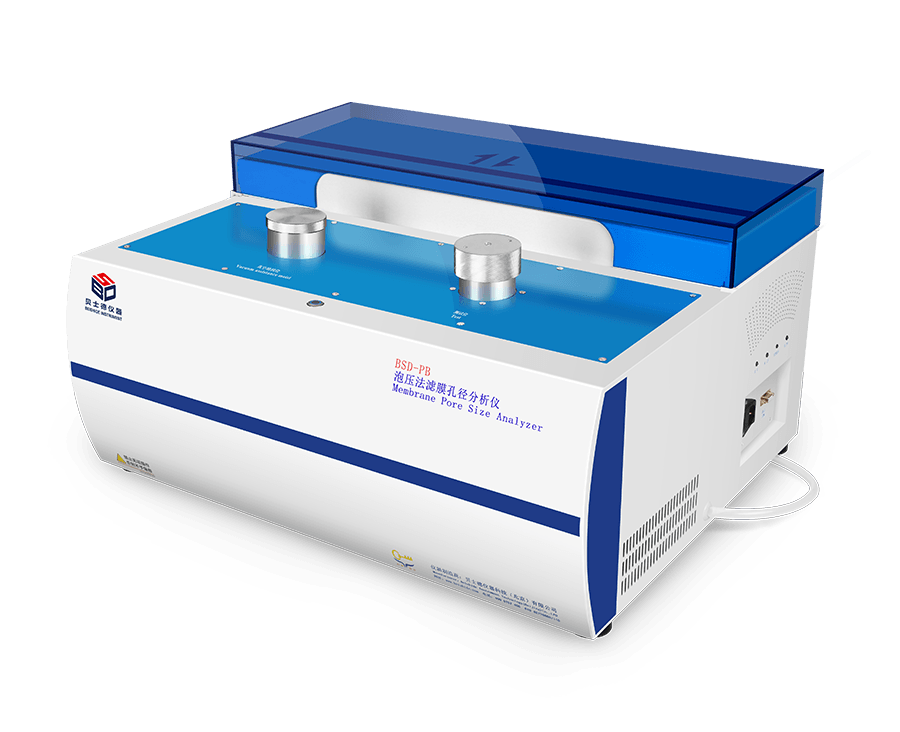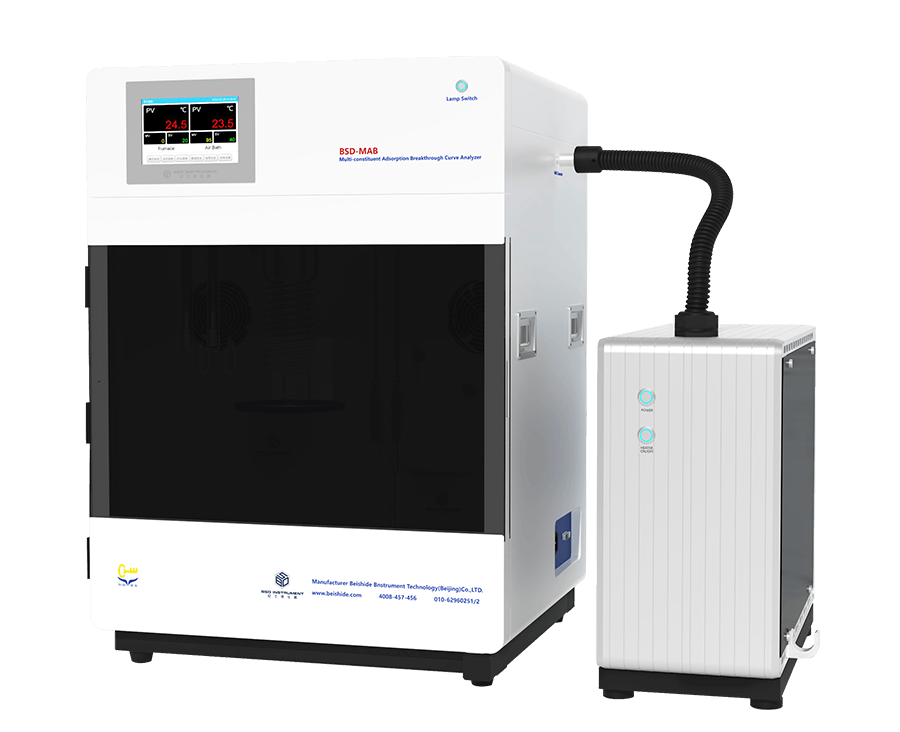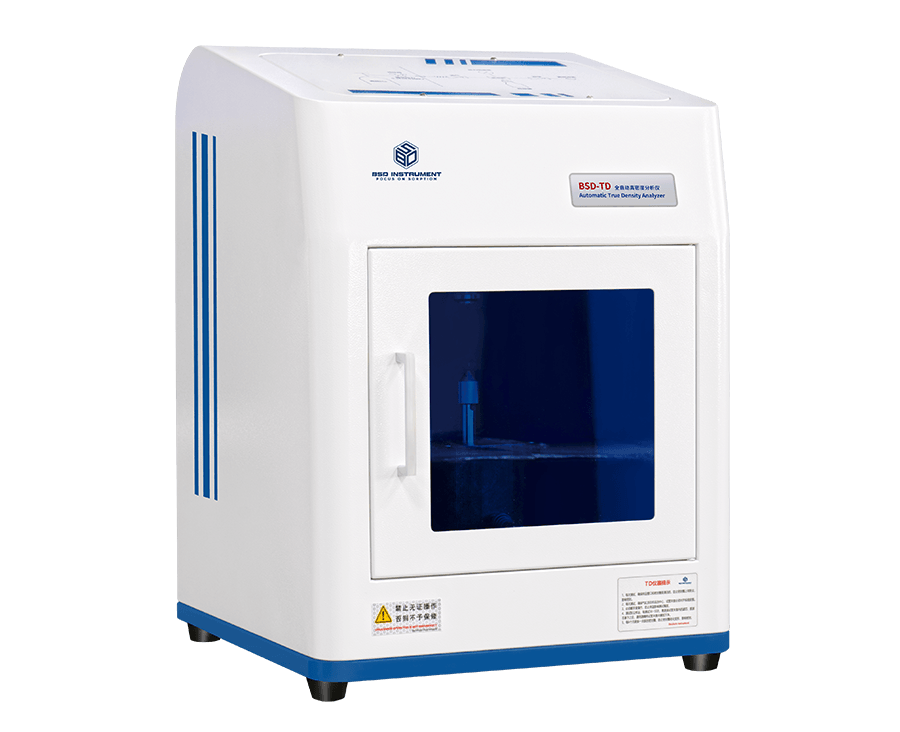as separation membrane characterization primarily involves measuring the permeability and selectivity of a membrane towards different gases, essentially assessing how effectively it allows certain gases to pass through while hindering others, with key factors like membrane morphology, pore size, and interaction with gas molecules playing a crucial role in the separation process.

Permeability and pore size analysis
Sample categories: flat membrane, ceramic membrane, inner hollow fiber membrane, tubular membrane, filter element
For separation purpose, only through pore will function. So research should focus on through pore analysis.
Maximum pore size (bubble point pore size), minimum pore size, average pore size, pore size distribution, gas flux, gas permeability
BSD-PB Bubble Pressure Method Membrane Pore Size Analyzer (Gas Liquid Replacement Method)
BSD-PBL Full Function Membrane Pore Size Analyzer ( Liquid Liquid Replacement Method )
Liquid flux, liquid permeability
Material Selectivity - Gas permeation measurements
The most fundamental method, where a known gas mixture is fed to one side of the membrane, and the permeated gas composition on the other side is analyzed using techniques like mass spectrometer. The composition of the gas mixture being separated affects the performance of the membrane.
Membrane material true density, skeleton volume, porosity Skeletal density
The ratio of a material's mass to its skeletal volume, which is the volume of the particles excluding any inter-particle voids or open pores. Also it will give out the porosity of open and closed pores.





